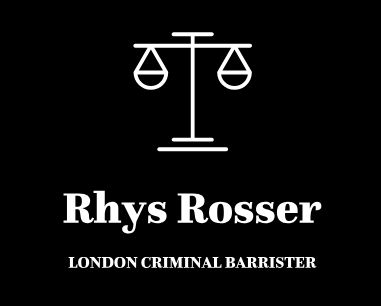Driving a Motor Vehicle in a Dangerous Condition, Can I avoid a ban?
It is an offence to drive a motor vehicle in a dangerous condition, it can lead to the imposition of penalty points. If this results in 12 penalty points, this may lead to a 6 month disqualification.

It is an offence to drive a motor vehicle which is considered to be in a dangerous condition. This is when the vehicle or the trailer is such that the use involves danger of injury to any person because of:
- the condition of the motor vehicle or trailer, or of its accessories or equipment, or
- the purpose for which it is used, or
- the number of passengers carried by it, or the manner in which they are carried, or
- the weight, position or distribution of its load, or the manner in which it is secured
Some common examples of where a vehicle is found to be driven in a dangerous condition includes:
- Under-inflated tyres;
- An over-loaded vehicle;
- Mechanical defects;
- Inappropriate use of vehicle.
The main defence to an allegation is factual, simply that the use of the vehicle did not involve any danger of injury. This is quite a high bar and may require the instruction of an expert.
One important matter to check is that Section One of the RTOA 1988 has been complied with, this requires that the police inform the driver within 14 days of the alleged offence that the driver may be prosecuted for an offence.
However, even if there is no prospect of defending the charge, it is still possible to avoid a disqualification. A lifeline is offered by Section 48 of the Road Traffic Offenders Act 1988. This creates an exemption where the Court must not endorse points or disqualify if “he proves that he did not know, and had no reasonable cause to suspect, that the use of the vehicle involved a danger of injury to any person.”
The standard of proof is on the balance of probabilities, this means that the Defendant must show that it is more likely than not that they did not know that the use of the vehicle involved a danger of injury to any person. This will have to be done by the calling of evidence, which likely means the Defendant giving evidence about their state of mind at the time of the alleged offence.
The alternative is to consider whether a totting-up disqualification would cause exceptional hardship.
Fill in the Below to Contact Rhys and to obtain legal advice










